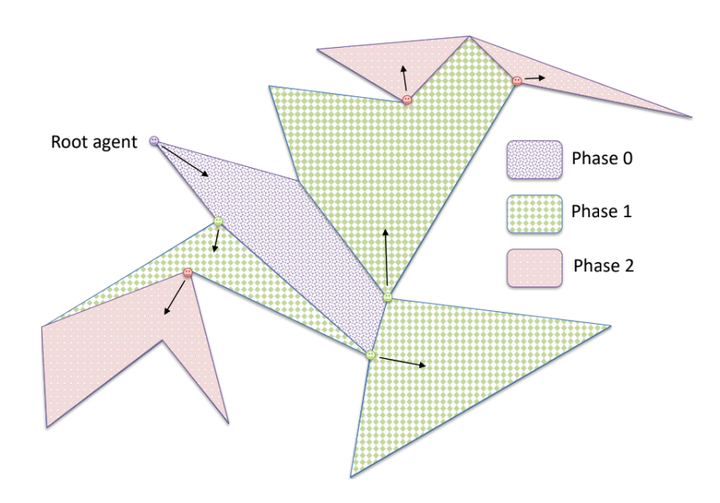Guarding A Polygon Without Losing Touch

Abstract
We study the classical Art Gallery Problem first proposed by Klee in 1973 from a mobile multi-agents perspective. Specifically, we require an optimally small number of agents (also called guards) to navigate and position themselves in the interior of an unknown simple polygon with n vertices such that the collective view of all the agents covers the polygon. We consider the visibly connected setting wherein agents must remain connected through line of sight links – a requirement particularly relevant to multi-agent systems. We first provide a centralized algorithm for the visibly connected setting that runs in time O(n), which is of course optimal. We then provide algorithms for two different distributed settings. In the first setting, agents can only perceive relative proximity (i.e., can tell which of a pair of objects is closer) whereas they can perceive exact distances in the second setting. Our distributed algorithms work despite agents having no prior knowledge of the polygon. Furthermore, we provide lower bounds to show that our distributed algorithms are near optimal. Our visibly connected guarding ensures that (i) the guards form a connected network and (ii) the polygon is fully guarded. Consequently, this guarding provides the distributed infrastructure to execute any geometric algorithm for this polygon.